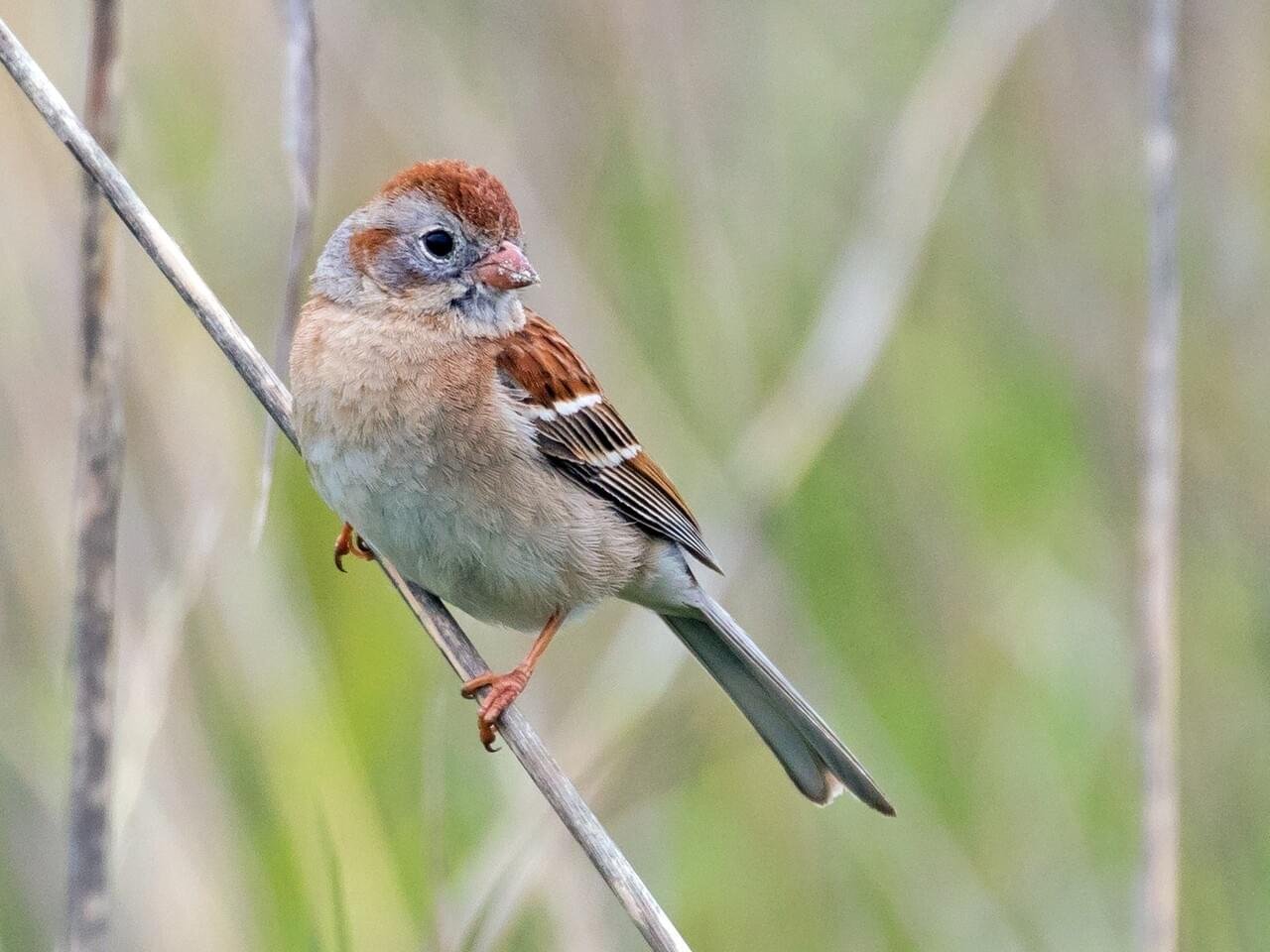Open House Specials
Come on out to Westgate Center tomorrow and do a little Christmas shopping. The small businesses of Westgate are having an open house with some deals and special offers, and a visit from Mr. and Mrs. Clause at G&G Interiors starting at 12:30.
We are featuring deals on our favorite A-T-Z Bluebird box, Squirrel Buster Classic feeder, Bird’s Choice hummingbird feeders, and the always popular JJ Potts handcrafted ceramic mushrooms.
And speaking of deals and discounts, follow us on Facebook and Instagram for flash offers on select items, like Wind River wind chimes, birdbaths, and Heartwood birdhouses. These will be sales that only last a day or two so stay tuned.
Sparrows
Sparrows? Who cares!? All too often the average backyard birder dismisses sparrows as just some generic little uninteresting bird and doesn’t take the time to properly identify. This is likely a result of the much maligned House Sparrow that tends to be a major problem for Bluebirds in nesting season. Sparrows are, in fact, a very interesting family of birds, and here in TN you may, according to The Annotated Checklist of Birds of Tennessee, see up to 22 species of sparrows, 10 of which breed here. Many are considered rare, to uncommon, to seasonal, with a few as year round residents. This time of year we see Field Sparrow, Song Sparrow, Swamp Sparrow, White-throated Sparrow, White-crowned Sparrow, Chipping and Vesper Sparrow, and Juncos are included in the family, too. I must admit my skills at identifying some of these birds require a tune-up. I often birdwatch at Gossett Tract in Cheatam Co. where the open field dense growth habitat is excellent for sparrows but makes for very challenging birding. They don’t stay in one place very long and will dive down into heavy cover in a flash. Pics of Chipping and Field sparrow
At our feeders in the fall and winter months we see White-throated and White-crowned sparrows, and of course Juncos, with the Fox sparrow usually appearing only when snow falls. All three of these lovely little birds feed on the ground almost exclusively so don’t forget to train your eyes for ground movements. Look at these birds through binoculars and note the beautiful subtle markings. They often move about near feeders flipping leaves in search of bugs and seeds.















